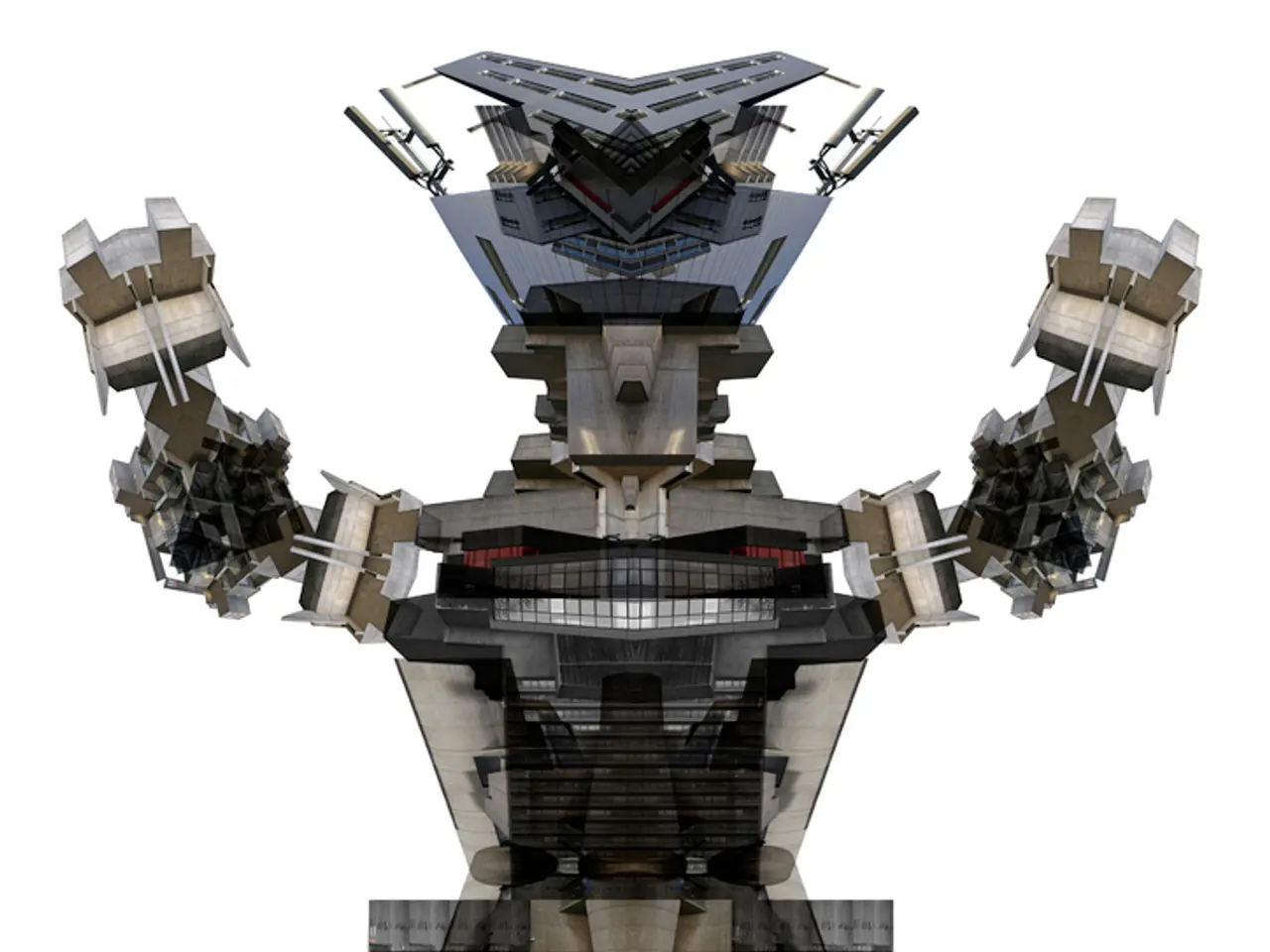Robotics' Impact on Education: Essential Insights You Should Be Aware Of
In the realm of modern education, educational robots are making a significant impact, revolutionising the way students learn and engage with subjects, particularly in STEM and computer programming. These programmable machines, such as the Ozobot Evo, Cubetto, Sphero SPRK, and Bee-Bot, are designed to be approachable for learners of all ages, from preschoolers to adults.
One of the key advantages of educational robots is their ability to increase engagement and motivation. By providing hands-on, real-world applications, these projects make learning more relevant and interesting. This active engagement boosts motivation and participation in learning activities, as seen in the use of robots like Dash and Dot, which introduce coding through playful tasks, puzzles, and games.
Educational robots also enhance problem-solving and critical thinking skills. Working with robots requires designing, building, and programming to solve specific challenges, fostering analytical thinking, creativity, and the ability to test and refine solutions. This process is crucial for both academic and professional success.
Moreover, these robots promote collaboration and teamwork. Many robotics activities involve group work, requiring effective communication, coordination, and cooperation. This helps develop interpersonal skills vital for collaborative environments in classrooms and modern workplaces. For instance, the VEX Robotics Kits offer competitive robotics kits with real engineering components, used in global robotics competitions, encouraging teamwork and healthy competition.
Educational robots also integrate science, technology, engineering, arts, and mathematics (STEAM), providing a cross-disciplinary approach. This practical exposure helps learners understand complex concepts like coding, geometry, physics, and electronics, which are applicable in various careers.
AI-powered robots, such as the Nao Robot, can adapt their teaching to individual learning styles and paces, offering real-time feedback and tailored support. This personalization is especially beneficial for diverse learners with different needs.
Robotics also builds perseverance and resilience, as challenges often require trial and error, encouraging learners to persist through difficulties and develop resilience—qualities important for lifelong learning and workplace adaptability.
Lastly, exposure to robotics equips students and employees with skills aligned with the future workforce demands, especially in STEM fields and industries increasingly reliant on automation and intelligent machines. In workplaces, these benefits translate into enhanced employee training outcomes, improved problem-solving capacity, and better readiness to work alongside AI and robotic technologies, fostering trust and effective human-robot collaboration.
In summary, educational robots serve as powerful tools that boost engagement, technical proficiency, cognitive skills, teamwork, and adaptability, benefitting learners in both educational and professional settings. They are more than just toys; they are tools that are transforming traditional lessons into interactive experiences, making learning fun, practical, and engaging.
- Artificial-intelligence (AI) in educational robots like the Nao Robot can personalize learning experiences, adapting to individual learning styles and paces, making education more tailored and efficient.
- By integrating science, technology, engineering, arts, and mathematics (STEAM), educational robots provide a cross-disciplinary learning approach, helping learners develop a comprehensive understanding of concepts relevant to various careers, particularly those in the STEM fields.




